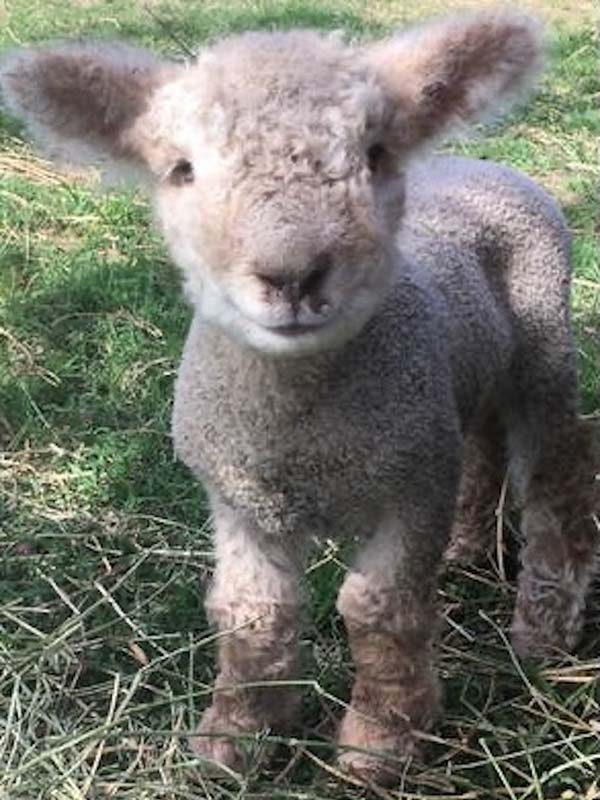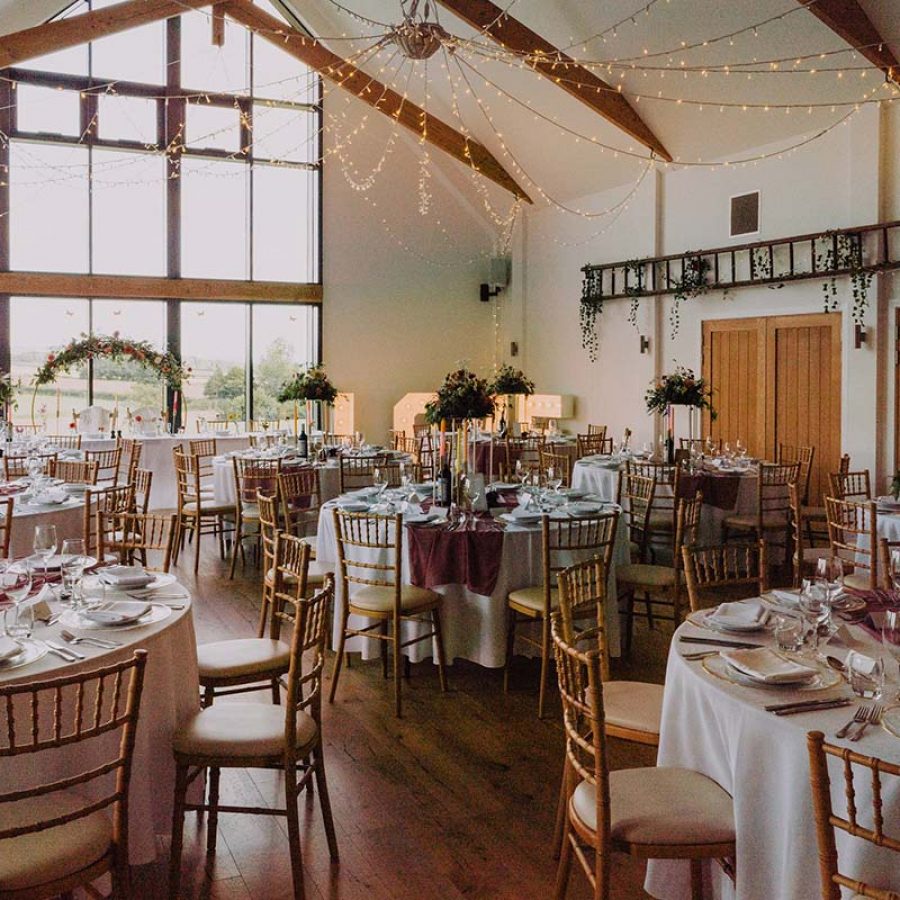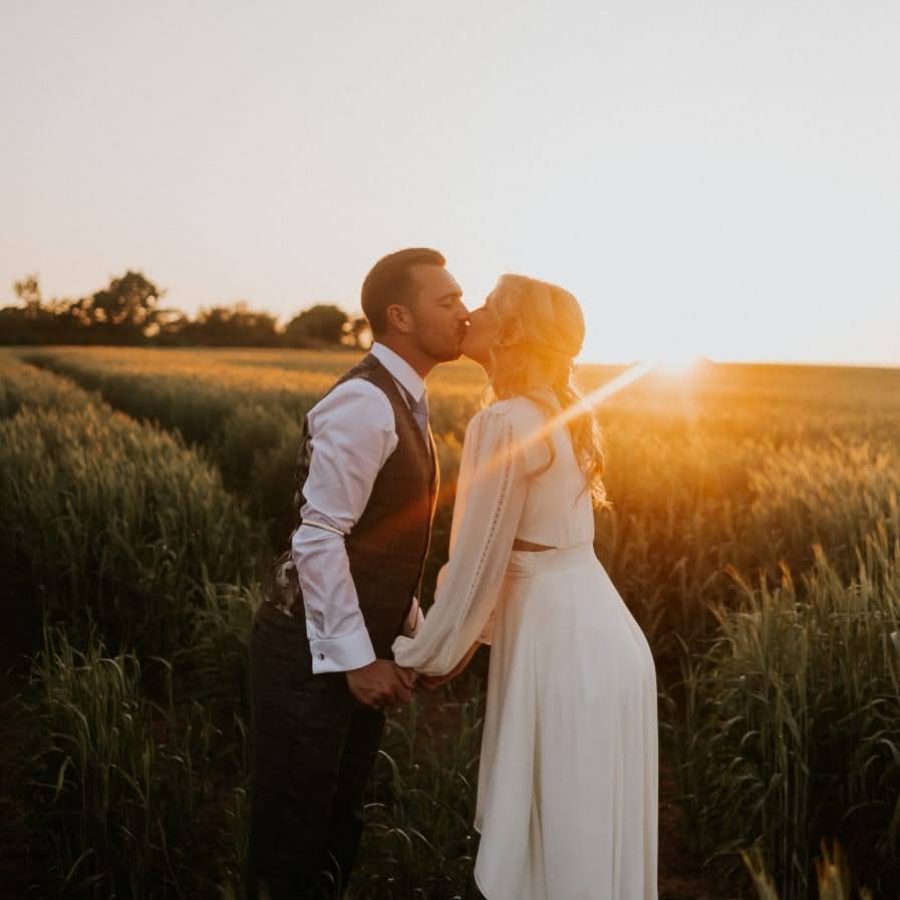This first blog about life on the farm is a bit of a read, but don’t worry- in future they will be short and sweet, keeping you up to date with any news and happenings, but I thought it might be a good idea to start with a bit of a history. (If you’d rather just find out about the new arrivals, then jump to the last couple of paragraphs!)
As most of you know, our son Sam has now taken over the running of the farm, with Dad helping as much as possible when he’s needed.
Farming as a profession has changed considerably over the years, and recently this pace of change has been pretty meteoric! When Robert and his brothers and sister were growing up, most Devon farms were what people call truly ‘mixed’, having some cows, sheep, pigs, and hens or geese; making hay and growing some cereal crops, predominantly for the animals to eat, with any excess sold on.
By the time Robert’s Father retired and he and his brother took over, they were specialising more on the crop side, but always reared cattle too, and had diversified into planting cider apple orchards. The emphasis was on ‘keeping the land in good heart’, and delivering quality produce for food. Any good farmer will tell you that they are merely a custodian of the land, and their aim is to pass on the farm in better condition than they found it.
These days, farming is rather different, and the actions taken are, for the most part, guided by the subsidies and grants provided by the government. Although there have been laws around growing corn since the Middle Ages, paying farmers to produce food was first introduced just after the war, when the precarious nature of UK food supply had been highlighted due to the sinking of cargo ships carrying grain to this country. Since then, the history of changes to those subsidies is far too long and complicated to explain, and whether they have been or are still considered to be a help or undue interference is very much open to debate.
I don’t think anyone would deny that there have been examples of farming practices over the years which were not ideal in terms of the wider environment. Whether it was ripping out hedges (paid for by the government at the time), or using large amounts of chemicals to help produce the biggest, cleanest crop, the recent landscape has been shaped in part by those government policies. However, hindsight is a wonderful thing- wouldn’t we all like to turn the clock back sometimes? Thankfully, the terrain in the South West was never suitable for that sort of corn production, and as a result, Devon has more hedgerows than any other county in the UK and a fifth of all the species-rich hedges in England.
The current system of subsidies both in place and proposed is unbelievably complicated, but what is certain, is that most farms and estates need this extra help to survive, and you need a lot of time and/or help to understand it all. Suffice it to say, I think this is one part of the job where Robert has been more than happy to pass the baton!
Sam, on the other hand, is embracing all the changes, and excited about moving the farm forward in potentially unexpected and innovative directions.
One of these involves our new arrivals. For the first time in several years, Sam and Hetty have introduced stock back onto the farm. They may be few in number, but they are pretty adorable!


First I should say that most commercially farmed sheep do not have names 😂, but as these are from a registered rare breed, meet Winnie, Xena, Yasmin, Zelma, Agnes, Blanche and Cynthia. You guessed it, the breeder had got to a rather tricky point in the alphabet when it came to his choice of traditional girls names!
They are Olde English ‘Baby Doll’ Southdowns, originally one of the oldest breeds in England and once very common. However, their small size meant that when there was a drive to produce more meat during the war, their numbers took a nosedive, and they nearly became extinct. Having been exported to the USA, the fact that they survive is much to do with Mr Robert Mock, who in 1986, decided to try and rescue the original breed, so they are now on the up once again. You can read more about their history here.
Sam and Hetty’s will be one of less than 10 registered flocks in the UK- it may be tiny, but a flock it is, and it’s pretty special to be a part of bringing the breed back!
Why miniature Southdowns? Well predominantly because they are one of only two breeds of sheep that don’t eat the bark off trees, so as the flock numbers expand, Sam will be able to let them run in the cider orchards to eat down the grass, fertilising as they go, but they have plenty of other advantages too. They were known for their extreme hardiness and producing meat of ‘unparalleled flavour and tenderness’, and will certainly be much easier to handle and manage than their larger counterparts!
The next challenge is to find a suitable ram with the correct bloodlines, which is a tricky process with such limited numbers here in the UK, but with a bit of luck, late next Spring, there will be some very, very little lambs here on the farm!




